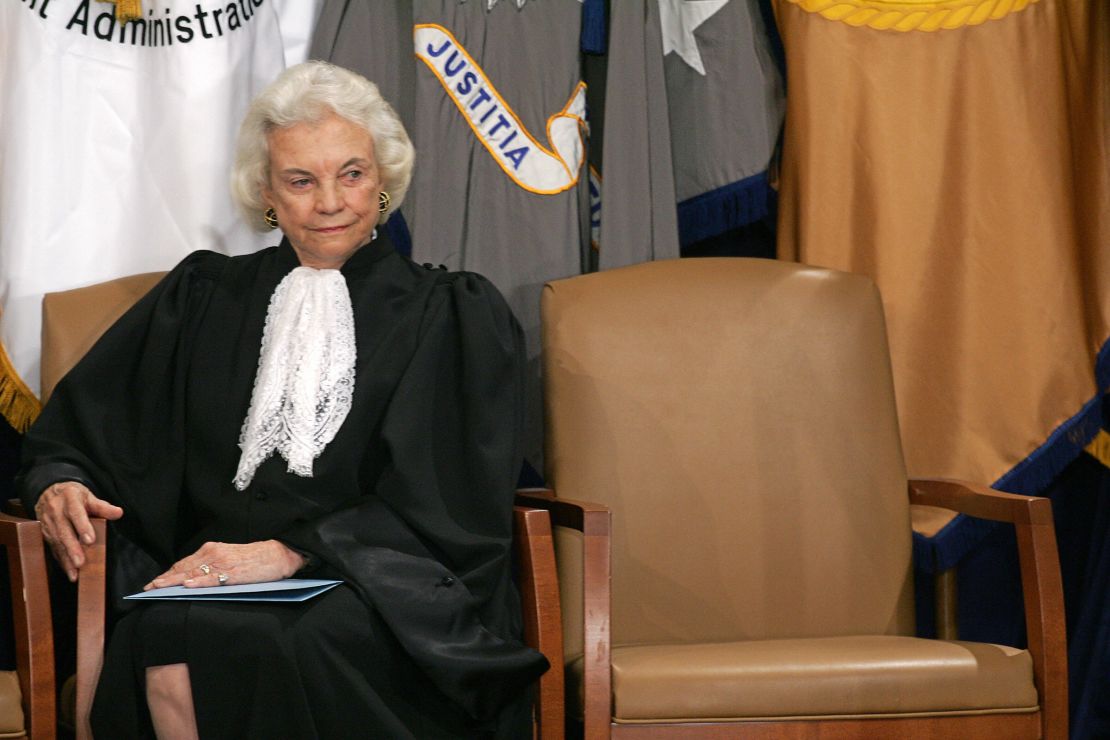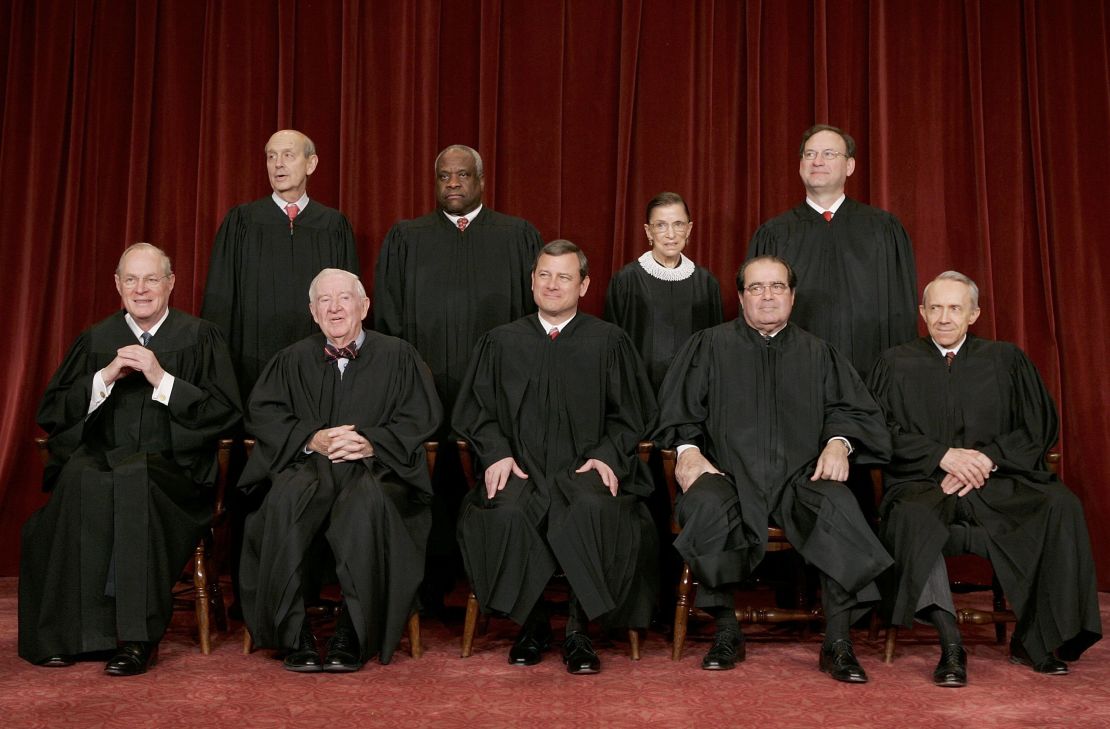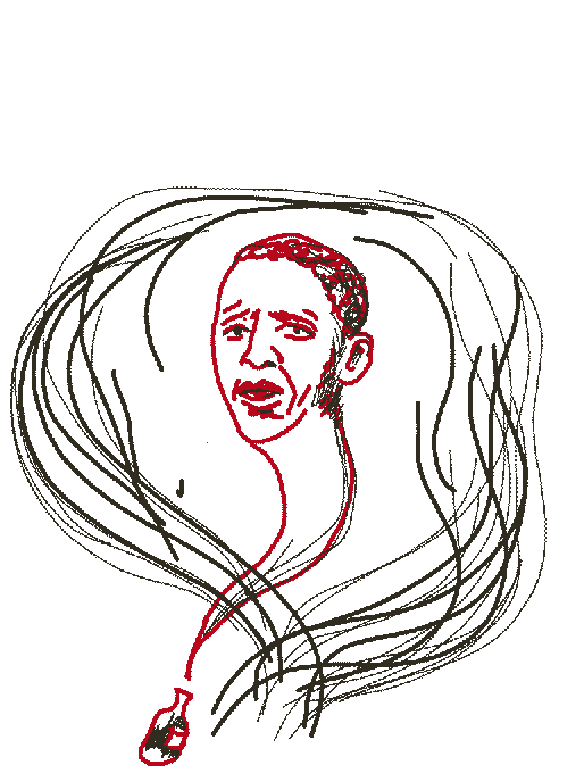Editor’s Note: This article was originally published in August 2018.
Sometimes, fashion’s greatest power is its stealth – its ability to turn up in unlikely places, on unlikely people, and in the smallest details. Consider the case of Justice Ruth Bader Ginsburg, the 85-year-old force of nature who sits on the Supreme Court.
Ginsburg learned long ago how to stand out. Forging her distinguished career at a time when women were not seen as appropriate candidates for law school, let alone judgeships, Ginsburg succeeded in being taken seriously, in remaining visible. And she has devoted herself to helping others do the same: advocating for those society tends to overlook, those “disappeared” by the blindness of prejudice or sexism.

Today, as a Supreme Court justice, Ginsburg continues to stand out – literally, visually – by virtue of the decorative collars that she famously affixes to her judicial robes.
Beyond a feminizing touch
Given her historic position and stature – she’s the second female justice, appointed in 1993 – you might think that Ginsburg would have little need for such sartorial distinction. Yet, her collars make crucial symbolic points, albeit subtly.

In adopting the collar, Ginsburg was following a tradition established by Sandra Day O’Connor, the court’s first woman (appointed by President Ronald Reagan in 1981), who sought to feminize her robe with a simple white lace jabot. Ginsburg though, expanded the concept, amassing an entire wardrobe of collars, collected from around the world, in a wide array of styles ranging from simple half-circles of fabric or lace to elaborately beaded and jeweled affairs.
Beyond their role as a feminizing touch, these collars constitute a communication system, a kind of fashion semaphore.
There is her favorite “majority” collar (an embellished gold jabot with tiny, delicate pendants) and her “dissenting” collar, for example, which instantly telegraph Ginsburg’s opinions (to those court observers fluent in “Ruth”) before a single word can be uttered. (Ginsburg wore her “dissenting” collar a day after President Donald Trump’s election – a dark, beaded number composed of long, metallic, finger-like projections, resembling a piece of medieval armor – throwing sartorial shade while maintaining the official neutrality demanded by protocol).

When espied on the judicial robe, Ginsburg’s collars startle the eye a little; they seem incongruous. This is because the traditional black robe inhabits a realm quite far away from both femininity and fashion. Somber, unadorned, and voluminous enough to obscure nearly the entire body, the American judicial robe – like those worn by clergy, choir singers, or graduates – is designed to subsume the individual into the collectivity, privileging the institutional body over a specific, human one.
When worn by a group, such as the nine Court justices, the robe merges distinct persons into a single entity consisting of seemingly disembodied heads, suggesting pure, abstracted intellect – minds detached from bodies that have been ‘disappeared’.
But those disappeared bodies were always expected to be male. The judicial robe – a pared-down version of British court versions –was created for men. And traditionally, men do not “wear” their bodies the way women do; we do not focus on male physicality (at least”straight, white, male physicality) as we do women’s. According to the classic dichotomy found in many religious and philosophical traditions, men are figured as “mind” or “spirit,” while women represent the baser realms of “body” and “flesh.”
Re-injecting the ‘body’ into judicial robes
To clothe the law in a garment that so obscures the body is not a politically neutral act. On the contrary, it carries with it the potentially dangerous assumption that bodies can be easily overlooked, that we know so well what they are, that we can move beyond them.
This risks perpetuating the traditional presumption that the justices’ bodies will always be the ones we expect, the ones resembling those originally meant to wear the robe: straight, white, and male. It also implies that such bodies comprise the only subjects of the law.
Ginsburg’s collars forestall such presumptions. By drawing attention to the specific person beneath the robe, they disrupt the amorphous collectivity of nine black-clad jurists. Her collars re-inject the concept of “body” into the dis-embodying judicial robe, signaling not only the presence of a woman, but by extension, the presence of a biological human body – which demands acknowledgment and consideration.

To re-establish the body within the robe is a progressive political statement: Theoretical (and visual) bodiless-ness is a privilege available only to those whose bodies do not hinder them. Those with the most “noticeable” bodies (including women, gay people, the disabled, transgender people and people of color) are always, paradoxically, at greater risk of not being noticed by the law – susceptible to having their needs overlooked (needs for reproductive rights, gender and marriage equality, or racial justice, for example).
Ginsburg’s collar reminds us that the law cannot be purely abstract or disembodied – that fairness requires it to remain attached to all bodies and their needs.
Listen to the podcast 'Beyond Notorious'
And finally, while the collars quite specifically identify Ginsburg as an individual, they serve another purpose, too: They turn what was a generic male garment into a potentially generic female item as well, inviting future women to occupy it.

This has been literalized in cinemas screening the new documentary “RBG” (by Betsy West and Julie Cohen), where pasteboard silhouettes of Ginsburg’s judicial robes – complete with ornate collar – have been set up. Moviegoers can pose for selfies in “RBG drag,” as if wearing the robes themselves. The implied message is clear and inclusive. It says to anyone, especially women and girls: “Imagine yourself here! This could be you!”
Of course, men still dominate the Supreme Court, six to three, with no change in sight for the moment. And femininity in fashion – of the sort we see in many of Ginsburg’s ruffled or lacy collars – still codes as decorative, incidental, or girlish, even though Ginsburg is a deeply formidable woman. On other women, frilly adornments – bows, ruffles, lace, ribbons – hardly suggest righteous power. This remains a problem – the decorative suggests the less central, the less important, a side embellishment. Perhaps then it would be liberating to read Ginsburg’s frilliness as irony, as permission (or as an invitation) to reclaim femininity in fashion for its subtle, surprisingly undermining power. Now might be the right time to proclaim the dainty lace collar the next pink pussy hat.
Correction: This story has been updated to correct when Ginsburg wore her "dissenting" collar.



















